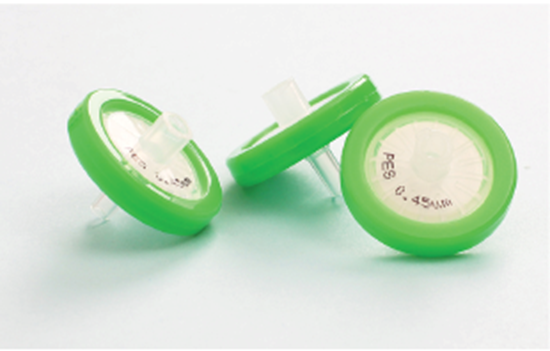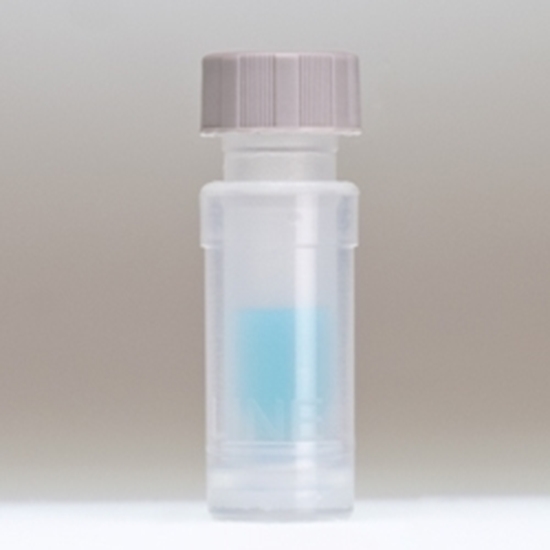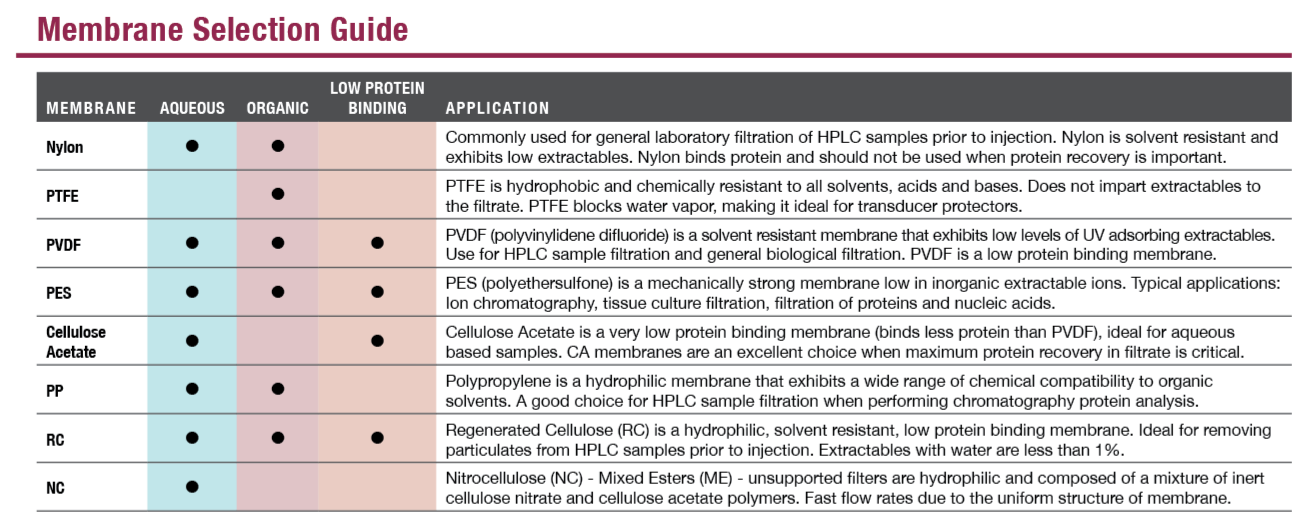7th Jul 2023
Syringe Filters vs Filter Vials: What is the Best Method for Filtration?
For most chromatography applications, a sample taken directly from the source is usually not in a form that can be directly placed into the analytical instrument. Sample preparation can vary vastly, from something as simple as "dilute and shoot" to much more complex methods. In any case, sample preparation is performed in order to provide a sample that suitable for injection onto a column, without interferences that can damage the column or obscure results.
A common method of sample preparation is filtration. There are a few popular ways that chromatographers filter their samples. Syringe filters and filter vials are two of the most common. So, what are the differences between the two?

Syringe Filters
Most people are probably familiar with syringe filters, as they are a very popular filtration option among laboratories. They’re small plastic discs with a filter membrane inside, and a luer attachment to connect the syringe. The membranes available are nylong, PTFE, PES, CA (cellulose acetate), polypropylene, and PVDF. To use a syringe filter, you simply connect the luer adapter to the syringe containing the dirty sample and then press the plunger. The filtered sample flows out the other end of the syringe filter, and into your vial (or whatever vessel you use for analyzing). Syringe filters are the most economical of our disposable filtration options.
For extra dirty samples, we also carry syringe filters with a glass prefilter. These work the same way as the regular syringe filters, but the glass pre-filter catches the larger particulates, so the rest of the sample can flow easier through the regular syringe filter membrane.

Filter Vials
Filter vials make for a fast and easy filtration process because they (as the name suggests) are the filter and the vial in one. This keeps the sample fully contained and ready to use on your UHPLC/HPLC without exposing it to multiple components. The filter membrane portion of the filter vial is contained in the cap. To filter the sample, you simply pipette the dirty sample directly into the bottom of the vial, and when you push on the cap (containing the filter membrane), the sample is filtered into the upper section of the vial. The sample is contained in the vial and ready to be analyzed without transferring, eliminating complication in the sample prep process.
So, Syringe Filters vs. Filter Vials?
Syringe filters and filter vials are both easy to use, but each has its benefits. Syringe filters are available in stock in a more diverse selection of membranes, although the most common membranes are available in our Filter Vials as well. The biggest advantage of the filter vial is eliminating the transfer step and keeping the sample contained in a single vial. Syringe filters are more economical, and for this reason are generally more popular among labs. We keep many different syringe filter sizes and membrane options in stock at all times to ensure you can receive them on a moment’s notice.

For assistance choosing the right filtration method for your application, feel free to reach out to our technical support team.

